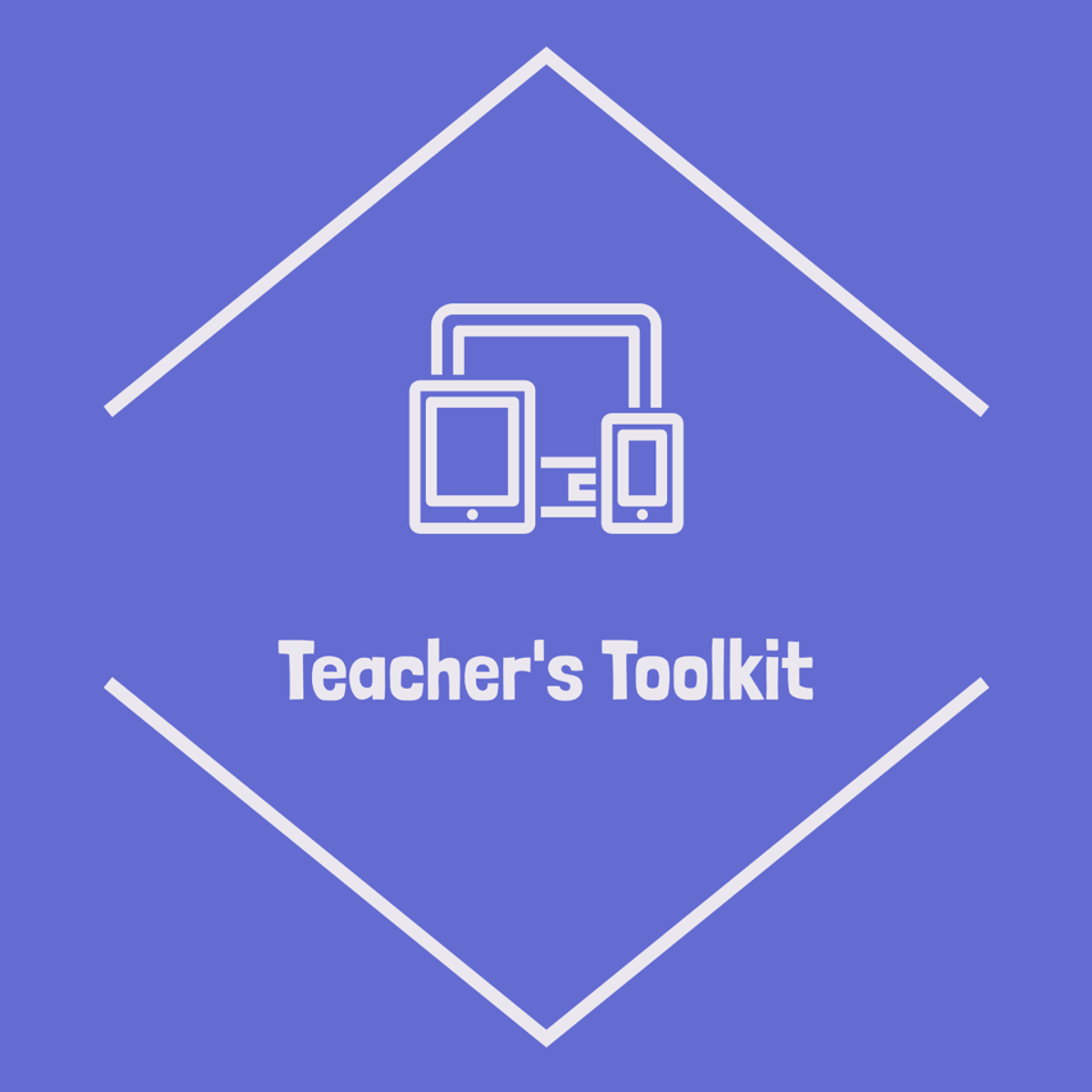Back to Courses









Social Sciences Courses - Page 36
Showing results 351-360 of 672

Lesson Planning with the ELL in Mind
In this course you will learn how to design lesson plans around the needs of your ELL students and their language level through the analysis of content language and cognitive demands. You will learn how to align language objectives to the adopted standards of your school and content area. You will learn how to modify existing course materials as well as develop graphic organizers and languages frames to support ELLs’ access to content. Analysis of second language acquisition theories will be applied to lesson planning.
Upon completing this course, you will be able to:
* Conceptualize theories of second language acquisition as they apply to the planning of lessons through annotation
* Assess the linguistic needs of your students using BICS and CALP
* Identify content specific vocabulary, grammatical structures, and language functions necessary for a student to succeed in your
classroom
* Write language learning outcomes that align to your student’s linguistic and cognitive ability and your school’s adopted
standards
* Adapt a lesson plan that accomplishes the learning outcomes outlined in the lesson objectives
* Modify materials to support ELLs’ access to content
* Use a wide variety of graphic organizer templates and language frames to support ELLs’ access to content
* Develop activity types appropriate to the cognitive and linguistic abilities of ELLs
* Incorporate community and culture into lesson planning

Encouraging Student Collaboration with Padlet
By the end of this project, you be able to use Padlet to create a collaborative classroom fostering interactive student engagements, creating virtual lessons, and more. With Padlet, teachers and students can collaborate in real time on lessons, projects, and anything else you can imagine. Together, we will learn how to use Padlet to connect with students during virtual learning, for in class collaboration, and discover ways to improve our ability to differentiate instruction using Padlet. The opportunities are endless. Let’s get started using Padlet together!
*You will need a free 30-day trial with Padlet for this project.

Teaching Impacts of Technology: Relationships
In this course you’ll focus on how “smart” devices have changed how we interact with others in personal ways, impacting how we stay connected in our increasingly mobile society. This will be done through a series of paired teaching sections, exploring a specific “Impact of Computing” in your typical day and the “Technologies and Computing Concepts” that enable that impact, all at a K12-appropriate level.
This course is part of a larger Specialization through which you’ll learn impacts of computing concepts you need to know, organized into 5 distinct digital “worlds”, as well as learn pedagogical techniques and evaluate lesson plans and resources to utilize in your classroom. By the end, you’ll be prepared to teach pre-college learners to be both savvy and effective participants in their digital world.
In this particular digital world (relationships), you’ll explore the following Impacts & Technology pairs --
Impacts (Keep me connected in a mobile society):, personal relationships, facebook, circle of friends
Technology and Computing Concepts: algorithms, software engineering evolution, heuristics, computer runtime, big O notation, P vs NP
Impacts (Making geography-based connections): findings friends, maps, geolocation
Technology and Computing Concepts: data and binary, image encoding, pixels, how color pickers work, filters, blurs
In the pedagogy section for this course, in which best practices for teaching computing concepts are explored, you’ll learn about the current CSTA K-12 CS Standards and practice using them to review and apply to lesson plans, as well as how to apply the ICAP framework to connect your students’ engagement to active learning outcomes, such as through peer instruction.
In terms of CSTA K-12 computer science standards, we’ll primarily cover learning objectives within the “impacts of computing” concept, while also including some within the “networks and the Internet” concepts and the “data and analysis” concept. Practices we cover include “fostering and inclusive computing culture”, “recognizing and defining computational problems”, and “communicating about computing”.

In the footsteps of Zika… approaching the unknown
Welcome !
Welcome to this on-demand MOOC “In the footsteps of Zika… approaching the unknown”.
This MOOC has been produced by Université de Genève (www.unige.ch), Institut Pasteur (www.pasteur.fr), Université Paris Descartes (www.parisdescartes.fr) and Centre Virchow-Villermé (virchowvillerme.eu).
With the help of the intervention of faculty members and international experts, we will explore together the recent Zika phenomenon, a previously rare benign virus that recently turned unexpectedly into the limelight when on the 1st of February 2016 it was declared by the WHO as a Public Health Emergency of International Concern.
As this outbreak is still ongoing and under close investigation, this MOOC has the opportunity to be an open learning experience that will follow the marked developments and new discoveries over time. This MOOC will bring you to the heart of the Zika outbreak and invite you to this adventure in uncharted territories.
Moreover, we invite you to join the interactive dialogue among participants and facilitators through a community of practice, which promotes questions, critical thinking, participatory learning, as well as interrelated and ongoing collaborative information.
Let us learn hand in hand all together to go further in finding clues and eventually solutions!
Course description
This interdisciplinary course is divided into 8 modules available in 4 languages (subtitles in English, French, Portuguese, Spanish).
Each module is organized around a central topic that will help those who take the course to develop their skills and knowledge. Each module provides
- interviews with specialists
- quizes
- recommended readings
- online videos and web links.
This MOOC will cover a range of topics, such as epidemiology, historical and geographical dispersion of the virus and its vectors through globalization and climate change, its modes of transmission, but also the symptoms, diagnosis and treatment. The different types of preventive measures will be also covered.
A special module will focus on possible neurological adverse effects such as the risk for birth defects (microcephaly) in pregnant women, while another one will examine the peripheral nerve paralysis called the Guillain-Barré syndrome.
The fact that Zika presents a significant threat to political and economic stabilities and thus reinforces social inequity through South America will be addressed.
The revolution in cultural, religious, and legal norms in front of the expansion of Zika will be also debated.
Finally, the last two modules will state the role, recommendations and response measures of policy makers and public health organizations under the light of medias.

Diversity with Inclusion in Organizations
For any group to perform at its best, it’s important that its members feel valued.
This can only be achieved if the team, beginning with the team leader, fosters an environment of inclusion where each person has the opportunity to contribute and is valued for his or her distinctive skills and perspectives.
We’ll be introducing you to established frameworks, including Kathryn Sorrells’ Intercultural Praxis Model, which will serve as the guide for this course. Through this model, we’ll learn how to raise awareness about our reactions to difference, optimize critical analysis, and develop responsible social action.
In this course we’ll also review some of the basic concepts that make up the process of inclusion. We’ll discuss theories surrounding inclusion in organizations, and we’ll provide you with strategies on how to react when a moment of exclusion, occurs within your team. Aside from foundational knowledge, you’ll take away from this course a practical toolkit for fostering an inclusive environment.
This course can be taken independent of or along with the companion courses: Fundamentals of Diversity; Cognitive and Experiential Diversity and Belonging in Diversity-Oriented Businesses and Organizations.

Exploratory Data Analysis with Textual Data in R / Quanteda
In this 1-hour long project-based course, you will learn how to explore presidential concession speeches by US presidential candidates over time, looking specifically at speech length and top words and examining variation by Democrat and Republican candidates. You will learn how to import textual data stored in raw text files, turn these files into a corpus (a collection of textual documents) and tokenize the text all using the software package quanteda. You will also learn how to extract useful information from filenames and how to use this information to generate visualizations of textual data using the stringr and ggplot2 packages.
Note: This course works best for learners who are based in the North America region. We’re currently working on providing the same experience in other regions.

Hot Topics in Criminal Justice
The American criminal justice system is in need of reform. We incarcerate too many people. We pay insufficient attention to scientific advances that can help separate out the most and least culpable and dangerous. We grant the police far too much power to use force and technological surveillance.
As a way of thinking about dealing with these problems, this course examines two over-arching issues: What should we do with people who have committed crime, and how should we identify who they are? On the first issue, we will look closely at the nature and causes of mass incarceration, the death penalty, the lawfulness and usefulness of preventive detention and risk assessment, and the role of the insanity defense and neuroscience in assessing responsibility for crime. On the second issue, we will explore the laws regulating the police use of force, the growing role of technology and big data in facilitating police surveillance and detection and deterrence of crime, and the remedies for police malfeasance, including the exclusionary rule and damages actions.
The overall goal is to help thinking individuals assess today’s criminal justice system and consider ways of making it better. After completing this course, participants should be able to:
1. Describe the mass incarceration problem in the United States and why it might exist;
2. Suggest ways of reducing incarceration;
3. Criticize risk assessment instruments and their use in preventive detention schemes;
4. Discuss the pros and cons of the death penalty, the exclusionary rule, and the insanity defense;
5. Analyze the relevance of neurological evidence in a criminal case;
6. Identify some of the reasons innocent people are wrongly convicted;
7. Elaborate on the role race plays at sentencing and in police use of force, stop and frisk and consent searches and
8. List the types of surveillance technology available to police and the constitutional principles that govern their use.

Create a Virtual Classroom using Google Slides
By the end of this project, you will have created a virtual classroom that will engage your students during virtual learning or as a more engaging way to encourage practice at home. Teaching is constantly evolving. As we learn more about our students, we uncover new ways to ensure that they are not just learning - they are thriving. When we can connect our tech-savvy students to tech-connected learning, while also providing greater visual appeal, our students are more likely to enjoy learning. We can also encourage them to become lifelong learners as we connect them to the many tools and resources that are available at their fingertips online.
*You will need a free Google account in order to complete this project.

Writing and Disseminating Grey Literature
If you are a researcher, academic, student, development sector professional or a practitioner who is keen to reach the research-based knowledge you have created to a wider audience, this course is for you.
Vast amounts of knowledge are produced by educational and research institutions through rigorous research and fieldwork. Yet, there is a dearth of access to this knowledge among non-academic communities (which includes practitioners, policymakers, and citizens) due to the language used. Researchers can bring visibility to grey literature if they engage with alternate public writing forms.
Newer platforms for knowledge dissemination across digital, print, and multimedia channels have made information from grey literature more available and accessible to lay readers. Using formats such as data stories, photo narratives, opinion pieces and infographics, these platforms can help researchers reach a much wider audience when they adopt newer writing techniques.
This course will:
* Provide an overview of data stories, photo narratives, opinion pieces and infographics produced from grey literature
* Teach methods to craft such pieces
* Explain how to pitch to media outlets
* Teach how social media can be leveraged to draw greater visibility to publications

Value-Based Care: Quality Improvement in Organizations
COURSE 6 of 7. Fragmented healthcare has created the need for healthcare reform, changing how healthcare is delivered and managed by shifting the structure and culture of healthcare organizations across the U.S. In this course, you will explore ways that provider organizations can successfully move from volume to value through implementing Quality Improvement plans and Continuous Quality Improvement. Organizational improvement is a continuous process. To be successful means coming to grips with things you have to do, how they get done, and who needs to be involved. Paramount to the process is recognizing that every role—every team member—in the organization is important to a successful VBC strategy. You will also learn about adaptive leadership and how to advance vision and innovation through collaboration. Collaborative relationships between team members and leadership are critical to the transformation. You will explore strategies to gain buy-in, agreement, and understanding about the organization’s vision of value-based care and learn to engage team members in developing solutions to challenges. In the summative assignment, you will identify a measurable value-based care goal that would benefit from process improvement, describe how that goal will be communicated with the care team, and explain your role in leading the targeted improvements.
